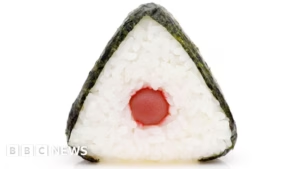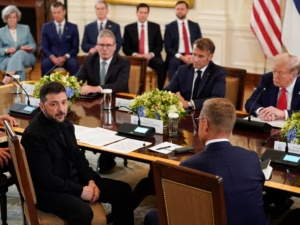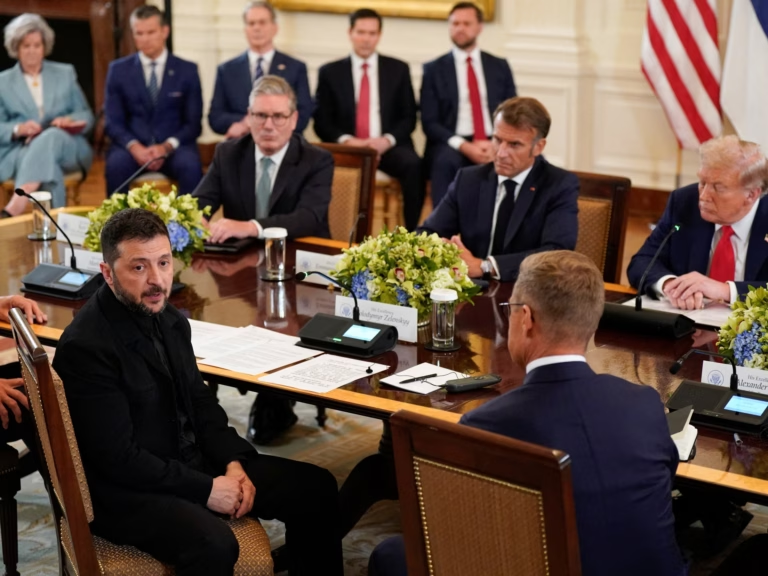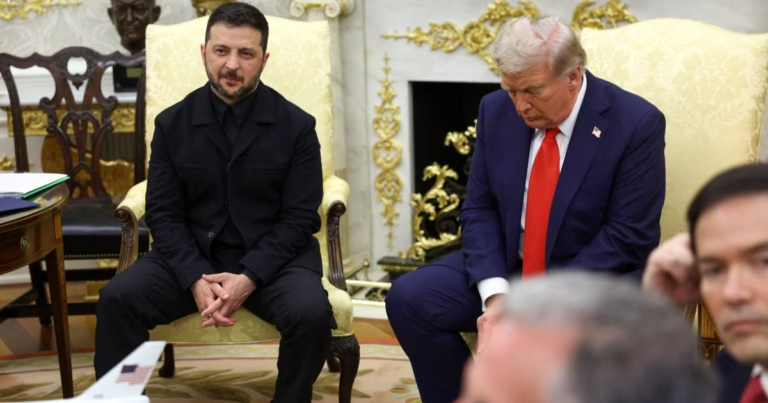That was March 16, three days after Sadiq had learned that his older son, Riyaz, 25, had also died, a month after the two young men had vanished. According to law enforcement officials, Showkat and Riyaz drowned in a canal in the Kulgam region of Indian-administered Kashmir, approximately 10km (6 miles) from their homes. Their postmortem reports suggested the possibility of suicide.
However, Sadiq and many in the Gujjar tribal community, to which the family belongs, refuse to believe that narrative. Sadiq admitted that he is unsure who is responsible for his sons’ disappearance and death, whether it was security agencies or an armed group. Yet, he believes that there was foul play involved.
“This wasn’t an accident,” the 72-year-old father screamed, his voice cracking with anguish. “They were tortured and killed.” Even as the government denies these accusations, distrust of law enforcement in the region, which has been extensively shaken by recent disappearances, persists. Mukhtar Ahmad Awan, a 24-year-old man who also disappeared along with Riyaz and Showkat, has still not been found.
The lack of belief in the government is further intensified by Kashmir’s history. Since the start of an armed revolt against India in 1989, between 8,000 and 10,000 Kashmiris have disappeared, according to the Association of Parents of Disappeared Persons (APDP), a collective of relatives of victims of enforced disappearances in Kashmir. “My sons were brutally murdered,” Sadiq insisted.

A tragic wedding visit
In the peaceful grazing grounds of Chandarkoot, situated 68km (39 miles) from Srinagar, the largest city in Kashmir, a hilly landscape covered with walnut and willow trees accompanies sheep flocks belonging to the local Gujjar community.
On February 13, Riyaz, Showkat, and Mukhtar left the nearby village of Qazigund to attend a wedding in the nearby Ashmuji area of Kulgam district. They never made it to the event.
Sadiq attempted to call his sons on their mobile phones around 6:10pm, he said, but the phones were switched off.
“We desperately searched for them near the venue, in Kulgam, and all the places we could think of,” he said. By 7pm, the family alerted the police. When the young men still had not returned the following morning, they filed a missing person complaint with the police.
For a month, police, the army, and local rescue teams searched for the three but found no trace of them. Then, on March 13, Sadiq’s phone rang.
The search parties had found Riyaz’s body in a canal. Three days later, Showkat’s body was also discovered in the same canal.
Forensic expert Azia Manzoor Bhat, who examined Riyaz’s body at District Hospital Kulgam during the postmortem, stated that the body was in an “advanced stage of putrefaction”. His examination, Bhat added, showed that Riyaz died of drowning and gave no indication of homicide—rather suggesting the possibility of suicide.
Showkat, too, died of drowning, according to authorities.
However, protests erupted over the deaths, which escalated into a political controversy. Sadiq and his family blocked the national highway connecting Srinagar, the summer capital of Jammu and Kashmir, to Jammu, the winter capital, demanding an investigation.
A video reportedly showing a police officer kicking a female protester on the national highway went viral.
Simultaneously, in Jammu district, around 198km (123 miles) from the protest site, police arrested student leaders from the Kashmiri Gujjar community as they protested against the Kulgam deaths.
The police announced an internal investigation into the incident of the officer kicking a protester. Leaders from the National Conference and opposition parties in the Jammu and Kashmir Legislative Assembly, including the Congress, Peoples Democratic Party, and People’s Conference, demanded action against the police officer involved in the kicking incident.
There has been no official statement from Chief Minister Omar Abdullah on the kicking incident or the disappearances and deaths.

Surge in mysterious disappearances and deaths
To Sadiq and others demanding justice, the deaths of Riyaz and Showkat, and Mukhtar’s disappearance, follow a disturbingly consistent pattern of events.
In Kathua district, neighboring Kulgam, two young men—Yogesh Singh, 32, and Darshan Singh, 40—and 15-year-old Varun Singh went missing on March 5 while returning from a wedding. Their bodies were recovered from a canal three days later.
Within days, two other teenagers—Mohammad Din and Rehman Ali—disappeared in Kathua. They remain missing almost a month later.
They are Muslim; the three men who disappeared before them were Hindu—all united by tragedy.
The fear of the government and security forces runs particularly deep in the Gujjar community, given the killings and unnatural deaths over recent years. The Gujjar community, alongside an ethnic subgroup known as Bakarwals, makes up about 8 percent of Jammu and Kashmir’s population, according to India’s 2011 census. However, some community representatives argue that their numbers are underrepresented due to their nomadic lifestyle.
In 2020, an Indian army officer allegedly abducted and killed three young Gujjar men in Rajouri district. The police filed charges against the officer, accusing him of kidnapping and killing three laborers in a staged encounter. A court martial found the officer guilty, recommending life imprisonment. However, in November 2023, an Armed Forces Tribunal suspended the sentence and granted bail to the officer, while the case continues to be heard.
Three years later, in December 2023, after an attack by armed fighters on army vehicles in Poonch district’s Topa Pir village, security forces detained many locals for questioning. Subsequent videos emerged, showing officers beating civilians and applying chili powder to their wounds. Three Gujjar men—Mohammad Showkat, 22; Safeer Hussain, 45; and Shabir Ahmad, 32—died in custody, with their bodies displaying signs of severe torture.
Then, starting in December 2024, 17 people from the community died in mysterious circumstances within a month. The victims, including 13 minors, exhibited symptoms such as fever, vomiting, and abdominal pain before their deaths. Investigations ruled out viral or bacterial infections, with preliminary findings suggesting neurotoxins as a possible cause. Despite extensive testing, the exact toxin and its source remain unidentified, leaving the community in fear and searching for answers.
In February 2025, a 25-year-old Gujjar man, Makhan Din, recorded a video explaining why he was about to kill himself—alleging torture at the hands of security forces.
Din, who died by suicide, was questioned about suspected Pakistani contacts and was not tortured, the police claimed.
That is not a story many Kashmiri Gujjars believe.
“Our people disappear, and we’re told to remain silent,” said Abid Awan, an 18-year-old neighbor of Sadiq in Kulgam.
“We live in fear, knowing our voices are ignored, and our suffering is dismissed. It feels like we don’t exist to those in power.”

‘Waiting for death’
Chandi Awan’s frail hands trembled as the 80-year-old father of Mukhtar, the missing 24-year-old in Kulgam, clutched his walking stick.
“Mukhtar was the light of my eyes. Without him, my world has fallen into darkness,” Awan said, surrounded by mourning relatives as he sat outside his house, about 12km (7.5 miles) from Sadiq’s home. “The pain is unbearable – it feels as though I am waiting for death.”
Mohammad Jeelani Awan, Mukhtar’s brother, stated that the government’s explanation for the deaths of Showkat and Riyaz does not make sense. “Their belongings, including cards, mobile phones, and cash, were dry. How is this possible?” he asked.
Every night, as he tries to sleep, all he sees is his brother’s face, he said.
“The smile that once lit up our home, the dreams he had. It’s hard to believe he’s gone, taken from us in such an unforgiving way. I can’t help but feel I failed him, that I couldn’t protect him,” said Jeelani, letting out a scream. “I wish there was a way to turn back time, to give him the life he deserved.”
The families say they will continue their pursuit of justice.
“We will not let this go, and demand a fair and independent probe,” stated 65-year-old Ghulam Nabi, uncle of Showkat and Riyaz.
Meanwhile, Riyaz’s wife, Najma Begum, sat quietly in a corner of her one-story house, her face pale, eyes swollen from tears. In one hand, she clutched a handkerchief, and in the other a photograph of her husband. Silent sobs shook her body as she stared at the photograph, then hugged her eight-year-old daughter.
“All we want is justice, nothing more, nothing less. If the law truly exists, we will get justice,” she cried.
“They have killed him. They have killed my Riyaz.”









